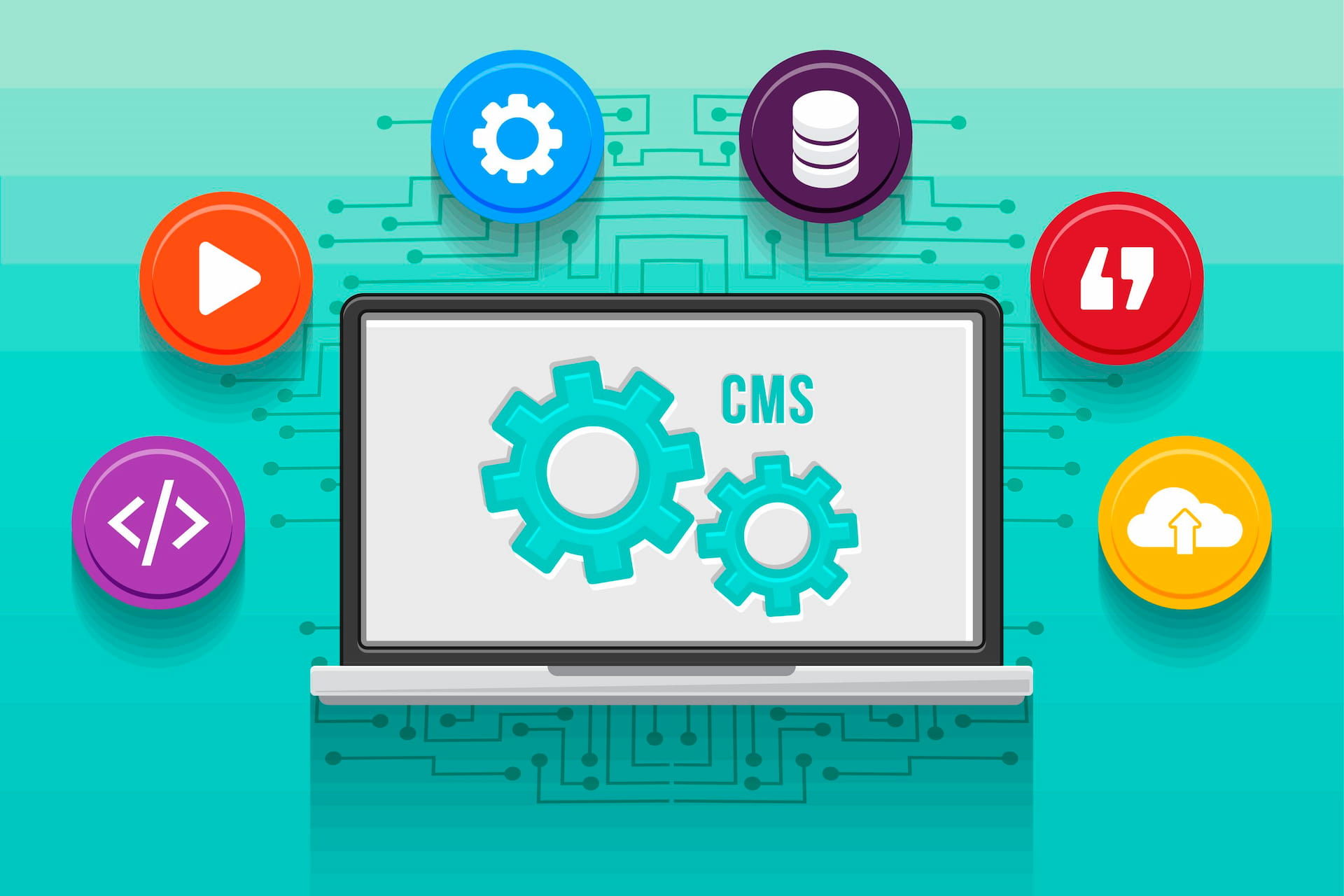In the ever-evolving landscape of web development, the rise of headless Content Management Systems (CMS) has brought about a paradigm shift in how developers approach building and delivering digital experiences. Understanding the role of headless CMS in modern web development is crucial for staying at the forefront of technological advancements.
What is a Headless CMS?
Traditionally, a CMS combines the content management and presentation layers, dictating both how content is stored and how it is displayed on the user’s device. In contrast, a headless CMS decouples the backend (content storage and management) from the frontend (presentation layer), providing more flexibility and freedom in designing and delivering content.
Advantages of Headless CMS:
- Flexibility in Content Delivery: With a headless CMS, content can be delivered to various platforms and devices, such as websites, mobile apps, smartwatches, and IoT devices. This flexibility is essential in the multi-channel digital landscape.
- Enhanced Developer Experience: Developers can choose the best technologies and frameworks for building the frontend, without being tied to the limitations of a monolithic CMS. This leads to a more enjoyable and efficient development process.
- Improved Performance: Headless CMS eliminates the need to load unnecessary code, improving website and application performance. Content is fetched on-demand, reducing latency and providing a faster user experience.
- Scalability: Headless architectures are inherently scalable. As the frontend and backend operate independently, each can be scaled individually based on demand, allowing for optimal resource utilization.
- Future-Proofing: As technology evolves, so do the ways users consume content. Headless CMS allows for seamless integration with emerging technologies, ensuring your digital experiences remain relevant and adaptable.
Use Cases:
- E-commerce: Headless CMS is particularly beneficial for e-commerce platforms, where content needs to be delivered across various channels, including websites, mobile apps, and voice-activated devices.
- IoT Applications: Internet of Things (IoT) devices often require content delivery in unique formats. A headless CMS can efficiently manage and deliver content to diverse IoT devices.
- Multichannel Publishing: For organizations publishing content across multiple platforms, a headless CMS facilitates centralized content management with the flexibility to tailor the presentation layer for each platform.
Challenges and Considerations:
- Learning Curve: Adopting a headless CMS may require a learning curve, as developers need to adapt to a more decoupled architecture. However, the long-term benefits often outweigh the initial challenges.
- Dependency on Developers: Successful implementation of a headless CMS relies on the expertise of developers. Organizations should ensure they have the necessary skill sets or consider partnering with experienced development teams.
Conclusion:
In the dynamic world of web development, embracing the headless CMS approach opens doors to unparalleled flexibility, improved performance, and future-proof digital experiences. While the transition may present challenges, the long-term benefits make headless CMS a compelling choice for organizations seeking to stay ahead in the digital realm.

